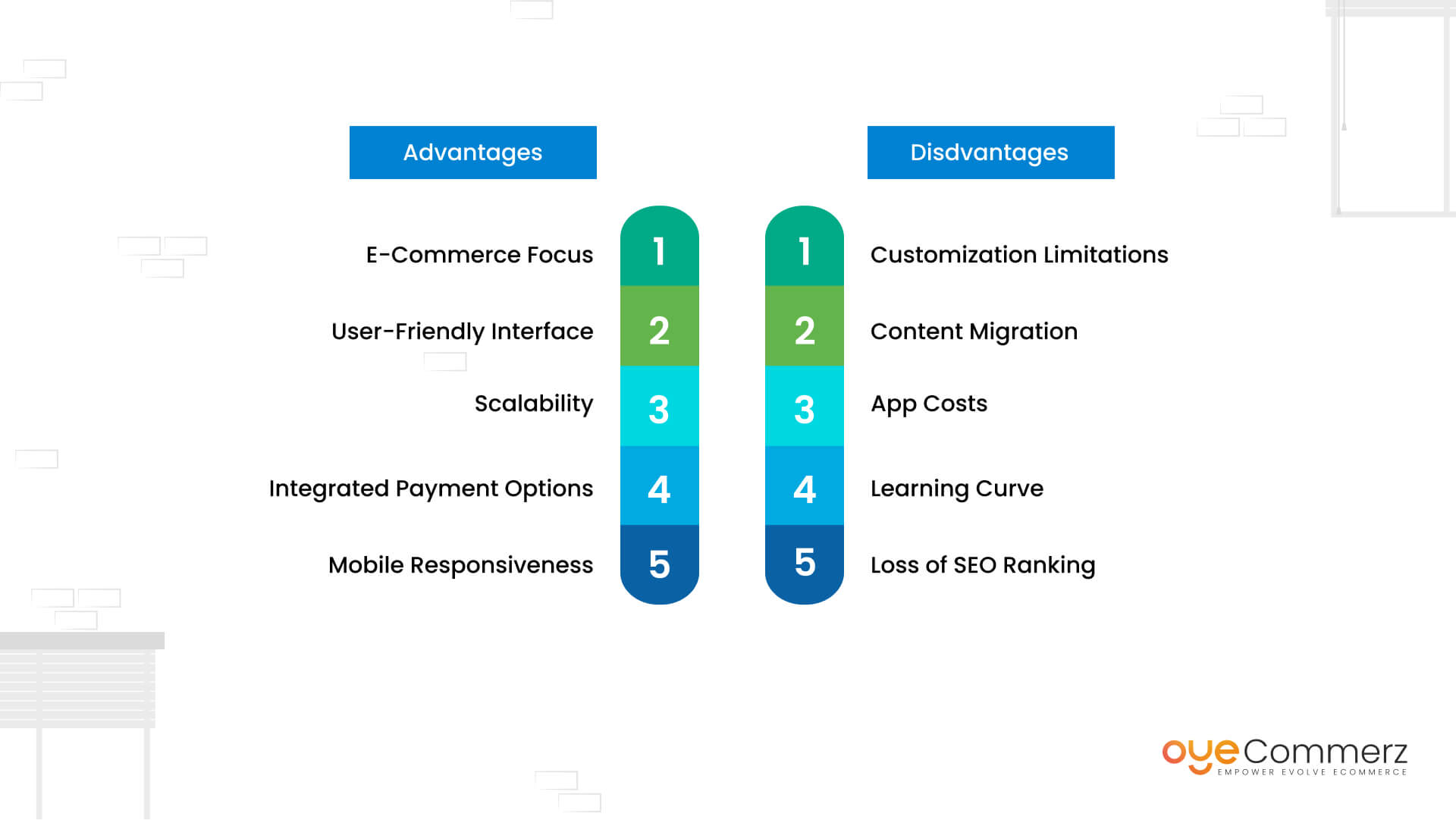Shifting from WP to Shopify is an promising step toward streamlining your online store operations. As companies grow, selecting a platform that supports scalability, UX, and customization is essential. Shopify is widely recognized as a favorite for online merchants, offering superior flexibility, security, and user-friendliness. In this guide, we’ll explore why this migration is a game-changer, highlight the advantages, and share actionable steps to ensure a smooth transition.
1. Why Switch from WordPress to Shopify?
WordPress, paired with WooCommerce, has served countless online stores. However, as companies expand, issues like plugin dependency, data risks, and complex setups often obstruct progress. Shopify, designed explicitly for e-commerce, eliminates these issues with an all-in-one, intuitive solution. Statistics supports this transition—Shopify hosts over 4.4 million websites worldwide, with a reported 10% boost to sales conversion rates for many businesses post-switch.
2. Shopify's Advantages for Thriving Online Stores
Shopify’s powerful platform is tailored for scaling businesses. Its notable features include:
- Effortless Design Flexibility: Shopify offers over 80 professionally designed themes.
- Built-in Features: Features like Shopify Payments and built-in SEO streamline operations.
- International Expansion: Multi-currency support and regional customization enable businesses to expand internationally.
Additionally, Shopify delivers an uptime rate of 99.98%, ensuring your store remains accessible.
3. Getting Ready for Your WP-to-Shopify Transition
Before migrating, evaluate your existing setup. Review product data, customer details, and search engine rankings. Resources such as Shopify’s Migration Kit or third-party solutions can simplify this process. Develop a detailed strategy, ensuring all assets—product descriptions, images, and articles—are ready for seamless import.
4. The Importance of Accurate Data Migration
Data migration forms the foundation for a smooth platform switch. When migrating from WordPress to Shopify, focus on:
- Inventory Details: SKU, item summaries, and categories.
- Customer Data: Emails, purchase records, and preferences.
- Search Engine Considerations: Retain meta tags, URLs, and forwarding paths to maintain search rankings.
Leverage apps like LitExtension to facilitate seamless migration while minimizing errors.
5. Tailoring Your Shopify Store to Fit Your Brand
Post-migration, customizing your Shopify store helps it reflects your business identity. Take advantage of Shopify’s intuitive page builder to create layouts with ease. Shopify's templates are optimized for all devices, providing a seamless UX across platforms—a key point, since 74% of e-commerce traffic comes from mobile users.
6. How to Protect Your SEO Rankings When Switching Platforms
Search engine optimization is crucial for maintaining your online presence during migration. Shopify excels in SEO with clean URL structures, preloaded features, and seamless blog integration. Make sure you:
- Set up URL forwarding for old URLs.
- Optimize new pages with targeted phrases.
- Use Shopify's apps Plug in SEO to monitor performance after the switch.
7. Post-Migration Testing
After finishing the transfer, conduct thorough testing.
Check: - Website speed (Shopify delivers faster speeds compared to WordPress).
- Functionality of payment gateways and transaction flow.
- Adaptability across devices.
Testing ensures your store delivers a seamless shopping experience from day one.
8. Case Study of a Successful Migration
An example of effective platform switching is Gymshark, a fitness apparel brand that transitioned to Shopify. Post-migration, the company saw a 60% boost in mobile sales and significantly lowered site downtime. This showcases the capabilities of Shopify in enhancing online business success.
9. Overcoming Common Migration Issues
Migration comes with challenges, such as data integrity and reconfiguring custom functionalities. However, Shopify’s robust support and external professionals simplify the process. Collaborating with qualified Shopify developers ensures a smooth transition.
10. Making the Switch: The First Step Toward Success
Migrating from WordPress to Shopify represents a forward-thinking approach to e-commerce. By addressing scalability, streamlining operations, and improving buyer satisfaction, Shopify enables companies to succeed in challenging industries.
Final Thoughts
Transitioning from WP to Shopify offers a smart solution that can greatly Shopify setup and customization enhance Best Shopify migration services your online business performance. With a well-structured strategy, the appropriate resources, and professional guidance, you can achieve new success milestones.
Excited to start the journey? Reach out today to learn how our Shopify migration services can revolutionize your e-commerce platform. Contact us now, or ask yourself: Is it time to seize Shopify’s advantages for your store?
